Department Introduction
Orthopedics | Our Speciality
:::
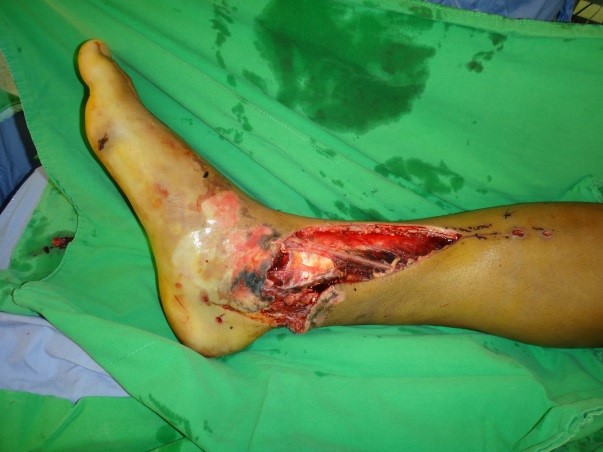
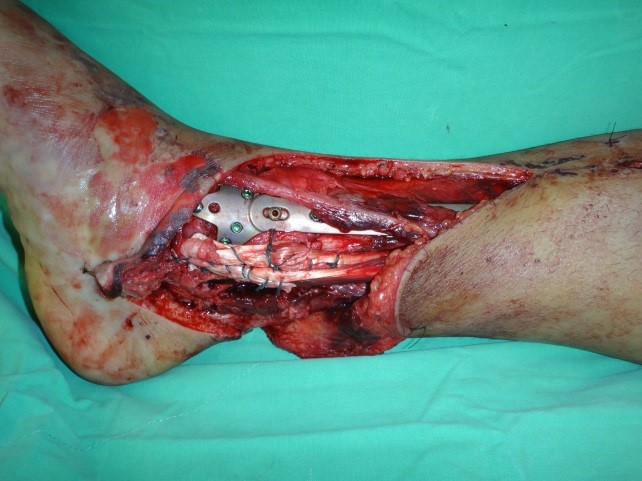
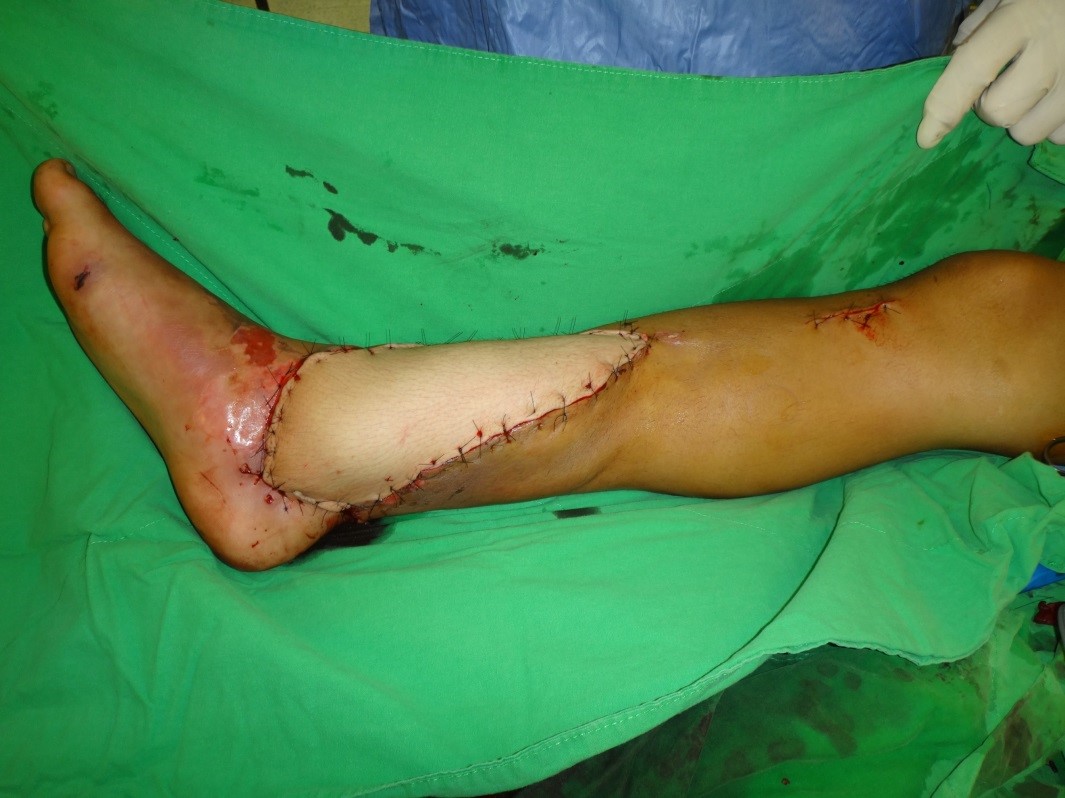
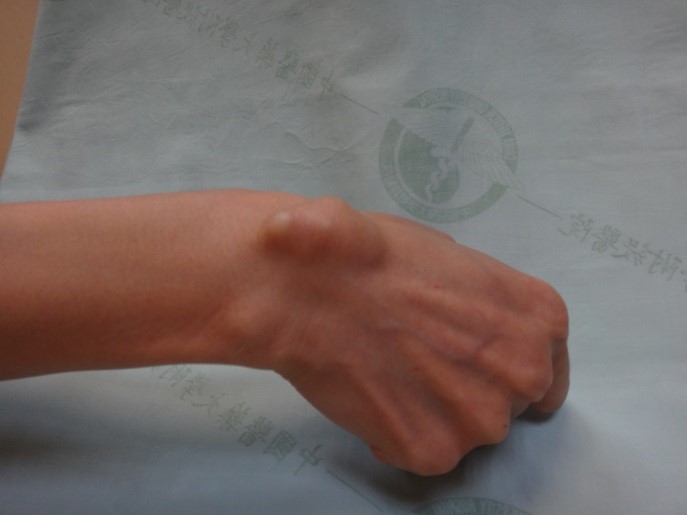
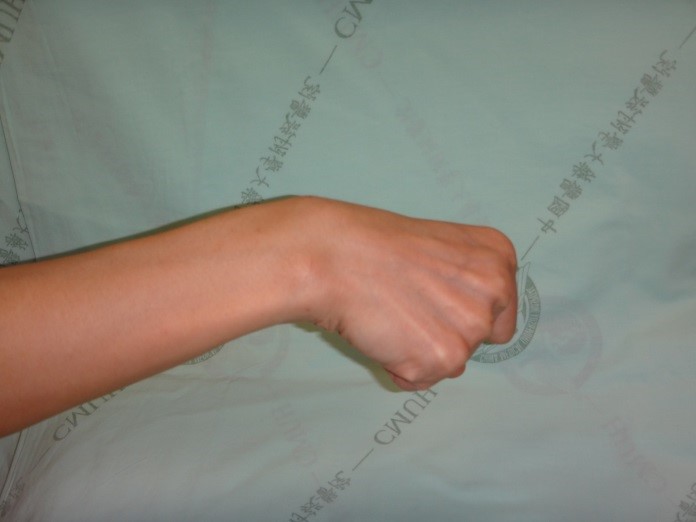
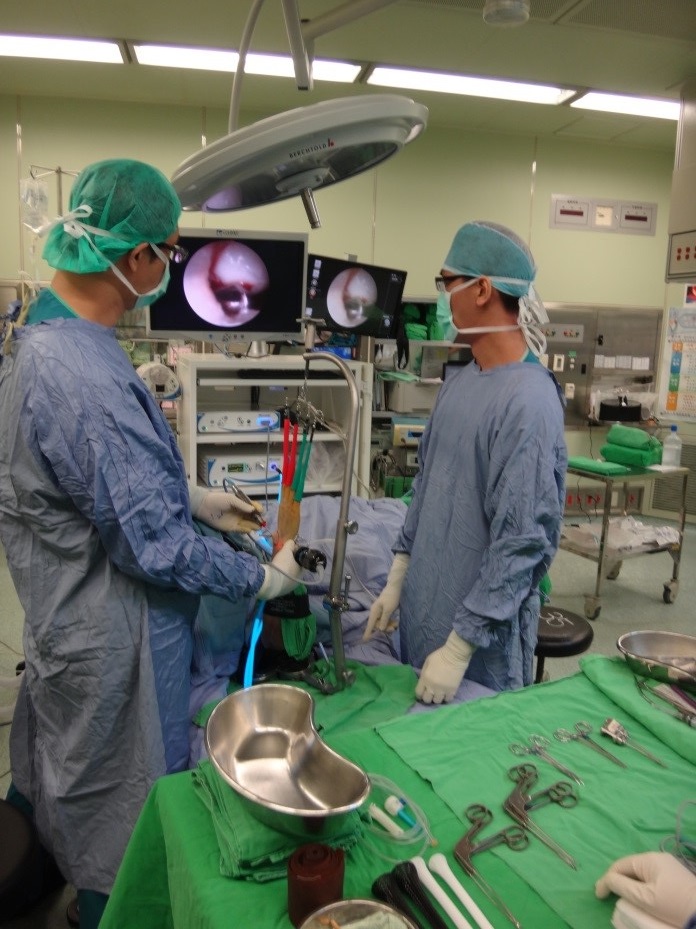
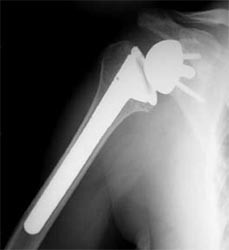
Department Introduction
Excellence
Features of the Division of Microscopic Limb Reconstruction
Yung-Cheng Chiu
In Taiwan, there are many traumatic patients. In addition to the treatment of limb fractures, the microscopic limb reconstruction surgery can also connect tendons, nerves, blood vessels and provide great treatment for patients with skin defects and complex traumas with less aftereffects. In Taiwan, Director Yung-Cheng Chiu of the Division of Microscopic Limb Reconstruction under the Department of Orthopedics in the China Medical University Hospital is one of few orthopedic physicians specialized in this field.
For the hand surgery, the surgical treatment in the department mainly focuses on the minimally invasive surgery, such as the wrist arthroscopy. Many patients with wrist disorders that traditionally require a larger wound for treatment can now be treated with the minimally invasive wrist arthroscopy. At present, the department can complete about 100 arthroscopic surgeries each year, which is the highest in central Taiwan.
Treatment of osteomyelitis is generally more difficult because traumatic fractures are susceptible to infections after operations, which is in fact a very thorny issue to many orthopedic physicians. If you want to clean the infected bones, a large section of bone would be missing. In the past, the orthopedic surgeons dared not touch such patients, as they feared that reconstruction would fail if too many bones were cut off.
With microsurgical capabilities, defects over a large section of the bone can be reconstructed. The bones can be transplanted from the other foot as long as the blood circulation in the bones are maintained. In other words, bones that are "alive" are used to reconstruct bone defects. Or, when some patients are infected with osteomyelitis, the skin and soft tissues will ulcerate and scar. These parts can be cut off completely and covered with healthy tissues with good blood circulation to help combat infections like osteomyelitis.
Case 1.
With microsurgical techniques in free flap reconstruction, a 20-year-old man with open fractures combined with a large amount of skin defects can now reconstruct fractures, tendons and skin defects.

(Preoperative)

(Operation)

(Postoperative)
Case 2.
With the minimally invasive wrist resection, the young woman can remove the tendon sheath cyst. The tendon sheath cyst often occurs in women, and it is a benign tumor. But the tumor appearance is obvious as it occurs in the back of the hand, so the female patient often feels awkward to show her hand. If the traditional resection is adopted, a long and ugly scar will be left. Now, with the minimally invasive techniques of wrist arthroscopy, only 2 to 4 small incisions will be created to completely eliminate the cyst. The wound can easily heal with no obvious wounds and the mobility is not affected as a small arthroscopic instrument is used in the operation.

(Preoperative)

(Postoperative)

(Operation)
Case 3.
A 60-year-old farmer with the inflamed, painful and swollen and stinky osteomyelitis undergoes the extensively infected bone resection, and 3 years after autologous fibular reconstruction based on microsurgical transplantation, the microsurgical fibula has healed completely. The patient can walk now, and the problem that plagued the farmer for more than a decade has finally been solved without recurrence.
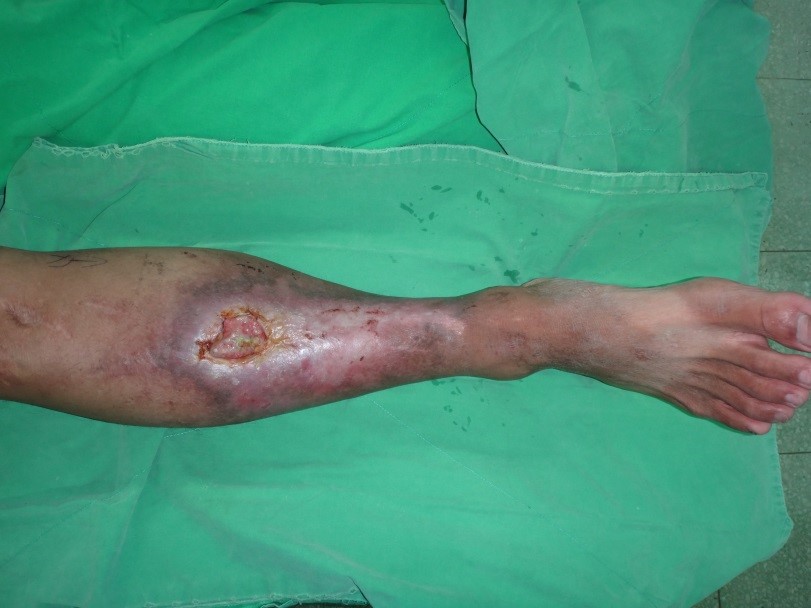
(Preoperative)
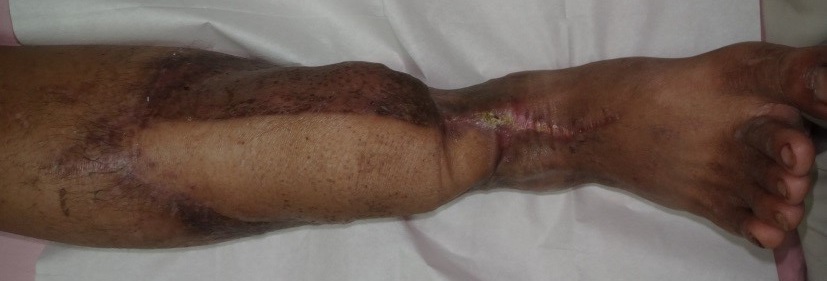
(Postoperative)
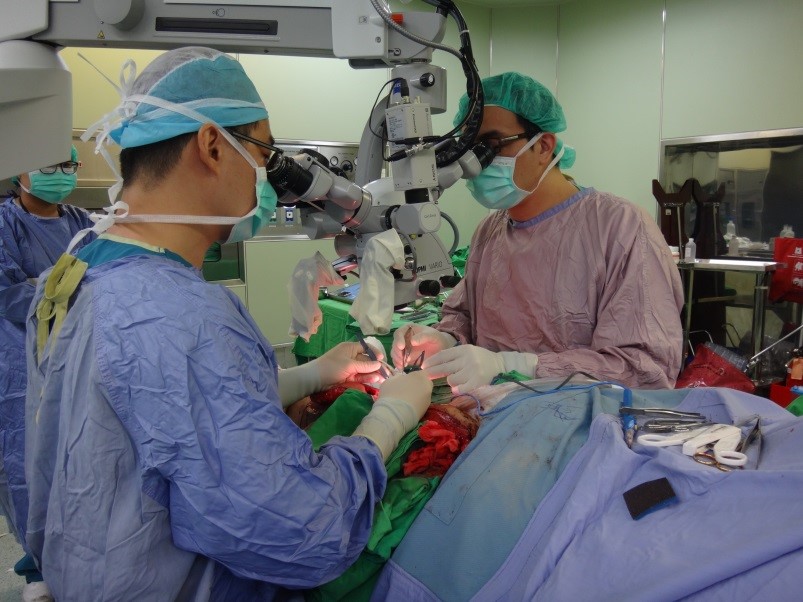
(Operation)
Reverse Total Shoulder Replacement Surgery
Dr. Chin-Jung Hsu
Since the reverse artificial shoulder joint was introduced into Taiwan in 2012, it has been a great blessing for patients with shoulder joint disease and severe ruptures in rotators as traditional shoulder joint replacement often can only relieve pain and induce poor postoperative activity angles. With the total artificial shoulder joint replacement, the patient can return to the previous activity angles after the surgery. The only disadvantage is that Reverse Total Shoulder Replacement has complicated surgical procedures and require a professionally trained and experienced physician to conduct the operation.
The reverse artificial shoulder joint system is a semi-restrictive artificial total shoulder joint that can be changed from the traditional shoulder surgery to the reverse artificial shoulder surgery in the operation. The system includes a humeral cup, an ultra-high molecular weight polyethylene liner, a shoulder glenoid plate and a shoulder glenoid head. The said components can be used with the artificial shoulder joint humeral stem and the reverse bone screws. The "ball" of the reverse artificial shoulder joint system is on the side of the glenoid and the "cup" is on the humerus side. This system provides a treatment option for patients with extreme defects in shoulder rotation muscle groups (RC) by still maintaining the function of the shoulder deltoid muscle to assist the stability and movement of the shoulder joint. The patient's joint must be anatomically and structurally adapted to receive the selected implant, and the deltoid muscle must remain functional to use the device.
Dr. Chin-Jung Hsu was the first Taiwanese to go to the United States in 2012 and study the reverse shoulder replacement. To this end, Dr. Chin-Jung Hsu has performed reverse total shoulder arthroplasty on many patients from 2012 to 2017 and achieved excellent postoperative results.

Figure 1. reverse shoulder joint replacement
▲
